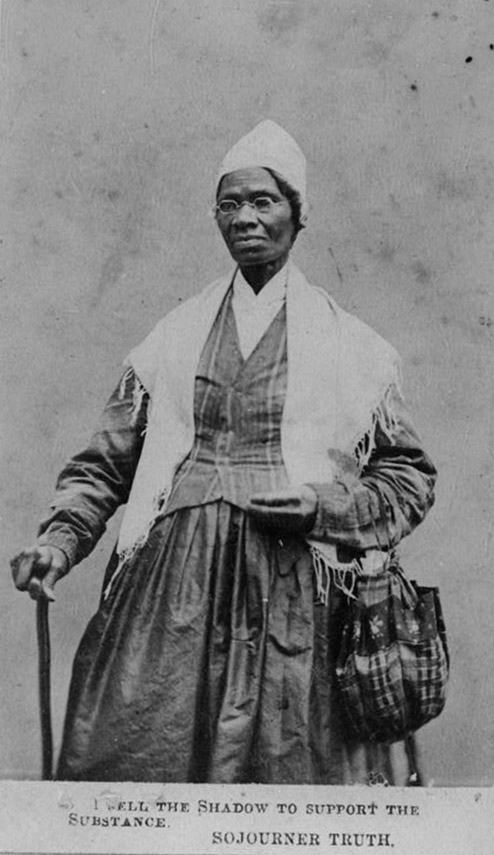As discussions around a potential ban on TikTok in the United States intensify, reactions from users reveal a complex tapestry of opinions. The popular app, known for its short-form videos, has such immense popularity among younger audiences, prompting fears of lost connections and creativity if removed.
In an interview, a college student named Mia Chen, expressed her concern over a potential ban. “TikTok is not just an app for me; it’s a platform where I can express myself and connect with friends,” she said. “If they take it away, it feels like they’re taking away our voices.” Mia reflects anxiety among users who view the app as a vital space for creativity and community.
Some critics argue that the app poses national security risks due to its Chinese ownership. David Thompson, a cybersecurity analyst, highlighted these concerns: “The primary issue with TikTok is data privacy. The U.S. government needs to protect its citizens’ data from potential misuse by foreign entities.” This perspective aligns with calls from lawmakers advocating for the ban as a protective measure for American users.
The potential ban has also sparked discussions about alternatives. Sarah Lopez, a content creator with a sizable following on TikTok, expressed frustration. “If TikTok goes away, where will I go? Instagram doesn’t have the same reach, and other platforms just don’t feel the same,” she lamented. Sarah’s comments reflect the fears of many creators who have built careers on the app, highlighting the economic implications of a ban.
Public opinion appears divided. A recent survey conducted by the Pew Research Center found that while 46% of young adults support continued access to TikTok, 37% express concerns about data privacy. This divide underscores the challenge facing policymakers: balancing national security with the cultural and economic impact of the app.
As the debate rages on, users like Mia, Sarah, and experts like David are left to ponder the future of TikTok in America. The outcome of this ongoing discussion will not only affect millions of users but also shape the landscape of digital communication and content creation in the years to come.









